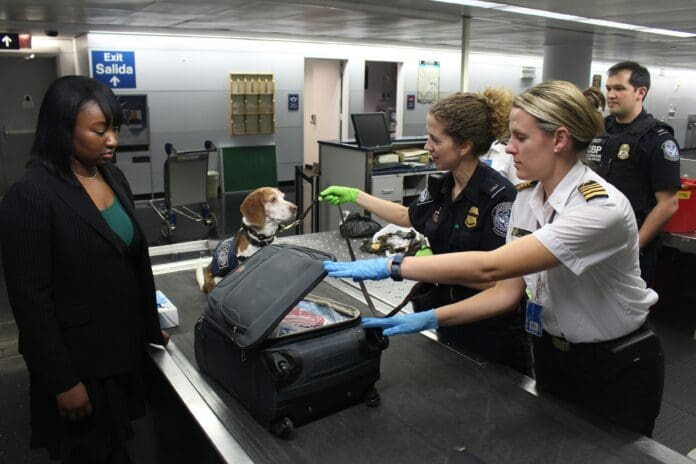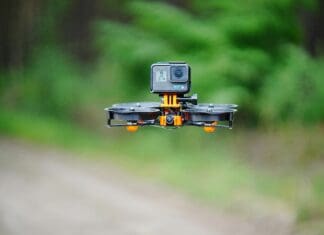This post is also available in:
 עברית (Hebrew)
עברית (Hebrew)
A next-generation security screening system using advanced microwave imaging is being deployed at airports across the United States, offering a faster and more discreet alternative to traditional checkpoint procedures.
Known as HEXWAVE, the system allows individuals to be scanned for threats without stopping, removing clothing, or interacting with security staff. Initially developed at MIT Lincoln Laboratory and later commercialized, the technology is now being evaluated by the Transportation Security Administration (TSA) as a potential replacement for metal detectors, particularly in screening TSA PreCheck passengers in airports. It is already being used for enhanced employee screening as part of updated federal security mandates.
Unlike conventional body scanners that require travellers to pause and raise their arms, HEXWAVE scans people and their carried items as they walk naturally through the system. It uses low-power radio waves, less power than those from mobile phones, to detect concealed metallic and non-metallic objects. The technology reconstructs 3D images in real time, allowing operators to assess potential threats without causing delays.
According to TechXplore, the system’s speed and efficiency are possible thanks to a custom-designed antenna array and advanced image reconstruction software, which processes scans approximately 100 times faster than earlier systems using the same computational power.
HEXWAVE was originally developed under the Department of Homeland Security’s Surface Transportation Explosive Threat Detection Program. The initiative sought new solutions for screening large, unstructured crowds in public transportation hubs and other high-traffic venues. The technology was successfully tested in 2017 at a Massachusetts Bay Transportation Authority training site, where it identified various simulated threat items under realistic conditions.
While its first applications have focused on aviation and transit, the system is also being considered for use in stadiums, malls, schools, and other public spaces where rapid, non-invasive screening is needed.
As threats to public spaces evolve, HEXWAVE represents a move toward less intrusive, more efficient security solutions that balance public safety with the need for smooth crowd flow.


























